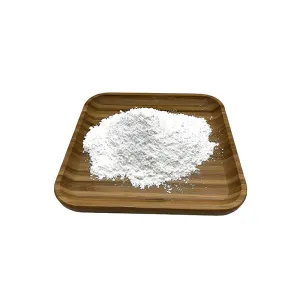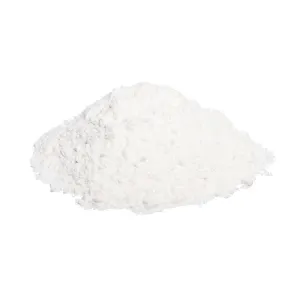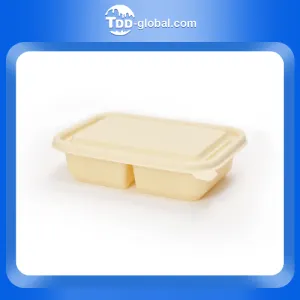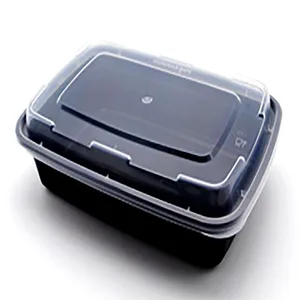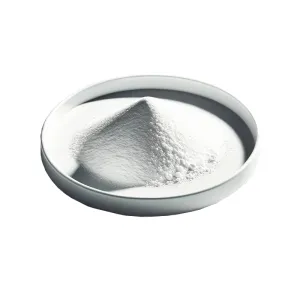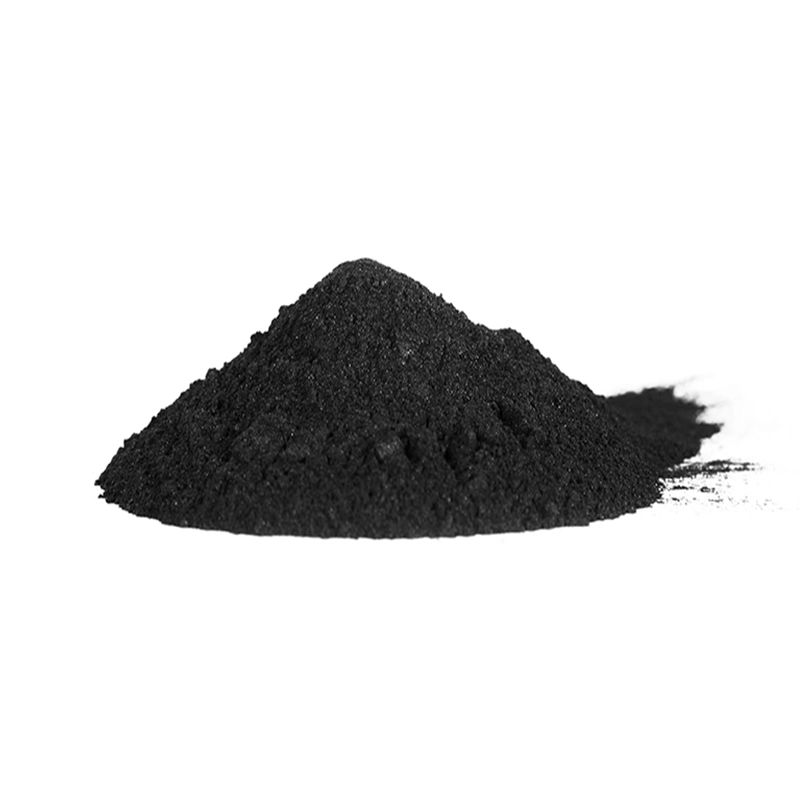179
November 26, 2024, 4:19 PM
Since mid-to-late October, the international crude oil market has remained low and volatile. With the support of the cost side, China's polyester market has continued to be in a range of fluctuations, and market price fluctuations have narrowed, making it difficult for the market to form a sustained trend. At present, the main trading logic in the international crude oil market has changed. Previously, it was mainly the short-term support brought by the intensification of the conflict between Russia and Ukraine. Now, it has shifted to the easing of the situation in the Middle East and OPEC+ may delay production increase again. It is rumored that Israel and Hezbollah in Lebanon may A ceasefire agreement was reached within a few days, and the geopolitical risk premium in the Middle East slowed down, and European and American crude oil futures fell by about 3%. In the absence of cost support, the spot market for polyester raw materials weakened slightly.
Judging from the fundamentals of polyester itself, the changes in equipment of raw material PTA companies have decreased, and the start-up of PTA companies has rebounded to a level of more than 83%. The market has sufficient spot supply, and the market continues to be in a stock-accumulating cycle. Yisheng New Materials 'set of 3.6 million-ton equipment was reduced to 60%-70% on November 16 and increased to 90% on the 22nd. A 3 million-ton PTA unit in Yizheng Chemical Fiber was scheduled to drop to 50%-60% on November 6 and is currently being restarted. Dongying Weilian's 2.5 million-ton PTA unit was shut down as planned on November 13 and is expected to be overhauled within two weeks. The load of Fuhai Chuang's 4.5 million-ton PTA unit is increasing, and it is planned to reach around 80%, with the initial load of 50%. In terms of raw material ethylene glycol, with the recent restoration of several sets of maintenance equipment, the overall industry start-up has risen to a high level of around 68%, and the market supply is sufficient. In the later period, there are still plans to increase the capacity of Meijin, Yuneng Chemical and other units, and the supply of ethylene glycol will continue to rise. The inventory of ethylene glycol at the main port in East China has decreased, and the supply side has moderate market support.
On the demand side, with the recent shutdown or reduction of equipment by individual polyester companies, the polyester load in China has dropped to around 88%. As terminal demand gradually weakens and the inventory of polyester companies continues to increase, polyester companies The starting load is still expected to decline. From the perspective of terminal weaving demand, new orders for textiles and clothing have shown a downward trend. The inventory pressure of grey cloth in weaving factories has increased. The operating load of some weaving manufacturers has dropped within a narrow range. The weaving load in Jiangsu and Zhejiang has dropped to 72%, down 10 percentage points from the beginning of the month. The elastic load in Jiangsu and Zhejiang has dropped to 91%, down 2% month-on-month. At present, the stock of grey cloth in weaving factories is high, and there is insufficient willingness to stock raw materials, so they mainly digest more inventory. It is expected that as all subsequent orders are delivered, the weaving industry will start to lower expectations in advance.
Overall, with the weakening of the cost side and the lack of support from the fundamentals of polyester itself, it is difficult for the polyester market to form a trend. The short-term polyester market trend is still dominated by the macro perspective, and costs drive the market. However, as demand weakens, polyester and terminal supply and demand are expected to weaken, so the polyester market will be under pressure in the later period due to weak demand. In the later period, we will pay close attention to changes in the raw material market and the supply and demand side of polyester itself.

